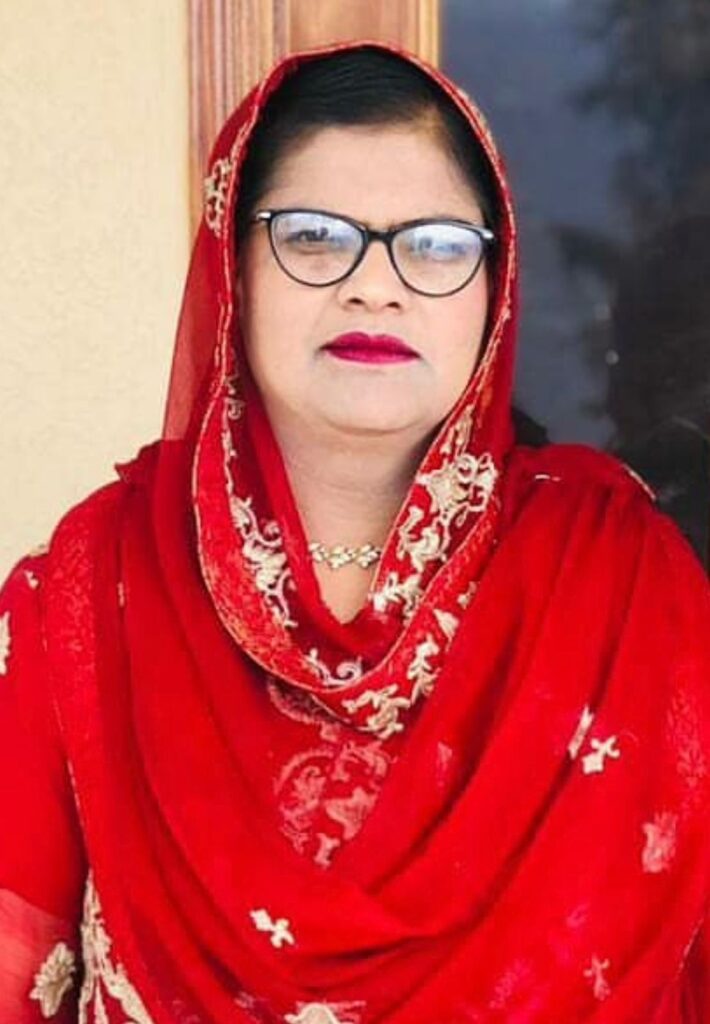By Saba Naheed
We are living in a climate emergency, yet the media – one of the most powerful tools of mass communication – continues to underreport or oversimplify the very crisis threatening our collective future. While floods ravage communities and heatwaves intensify, the media’s coverage often focuses on breaking news without delving into the deeper context or offering the educational insight that could empower the public. This failure is not just an oversight; it is a missed opportunity to foster climate literacy and drive action.
Media doesn’t just inform — it shapes public perception, behavior, and ultimately, policy. It has the power to make climate change feel real, immediate, and personal. When used responsibly, it can translate complex climate science into accessible narratives, amplify voices of affected communities, and provide solutions that spark hope and innovation.
But for the majority of outlets, climate coverage remains sporadic, technical, or overly politicized. Rarely do we see media content that educates — not just alerts — its audience. That’s where the real potential lies: in making the public not just aware, but informed and empowered.
Most people now know about climate change — but knowing and understanding are not the same. Awareness is the first step; understanding is what leads to change. Media outlets need to move beyond fear-based reporting and invest in long-form storytelling, documentaries, youth-led features, and explainers that offer clarity rather than confusion.
This is especially true for developing countries, where climate impacts are more severe, and education systems are already strained. Media has a crucial role to play in filling this gap and making climate information part of everyday conversation — at home, in classrooms, and within policymaking circles.
One of the major gaps in climate reporting is the underrepresentation of local perspectives, especially from frontline communities and educators. Journalists often report from global summits or cite international statistics, but miss the lived realities of farmers, teachers, and youth affected by climate disruptions.
By including local voices — especially educators working on the ground — the media can provide not just authenticity but practical insight into how climate change is impacting learning, mobility, and livelihoods.
Education journalists, in particular, can spotlight how climate change is disrupting the school year, increasing dropouts due to migration or disasters, and highlighting the innovative ways teachers are adapting to these challenges.
Educational channels, children’s programming, and even ed-tech platforms have a growing responsibility to make climate content age-appropriate and curriculum-aligned. There are countless ways to do this — through animations, youth debates, social media campaigns, or school-focused talk shows.
In this space, collaboration is key. Educators and media producers must work hand in hand to create meaningful, accurate, and engaging content. Governments and civil society can support this by funding climate education media initiatives and ensuring inclusive access across linguistic and digital divides.
While traditional media has fallen short in many ways, social media platforms have emerged as dynamic spaces for climate dialogue — but not without challenges. On the one hand, influencers and climate activists have used Instagram, TikTok, and YouTube to make climate issues relatable to youth. On the other, misinformation spreads just as fast.
This calls for trained educator-communicators who can navigate these platforms and use them to deliver climate education content rooted in facts, empathy, and action.
To truly harness media as a tool for climate education, we need a redefined partnership — one where journalists, educators, and climate experts work collaboratively, not in silos. The media must no longer view education as a side-topic or climate as a niche beat. These are public interest issues with deep interconnections.
Public broadcasters and private media must commit to regular, reliable, and responsible climate education coverage — not just during global summits or disasters, but consistently and with intention.
Media is often referred to as the “fourth pillar” of democracy — but in the context of climate education, it can be the fifth classroom, reaching those beyond the walls of schools and universities. When harnessed thoughtfully, media has the capacity to transform passive awareness into informed engagement.
The question is not whether media can contribute to climate education. The real question is: why hasn’t it done enough yet? And how long can we afford to wait?
About the Author

Saba Naheed is a Climate Communication & Education Strategist with over two decades of experience in teaching and public engagement. She writes on the intersection of sustainability, education, and media, aiming to amplify climate literacy across all sectors of society.



